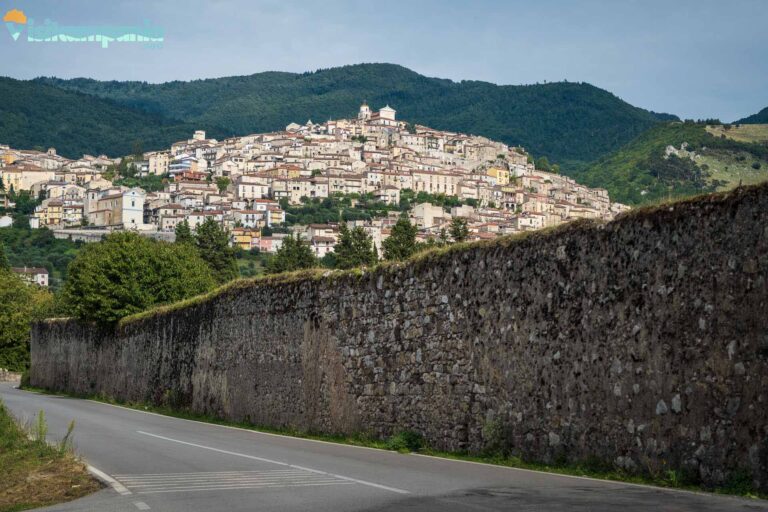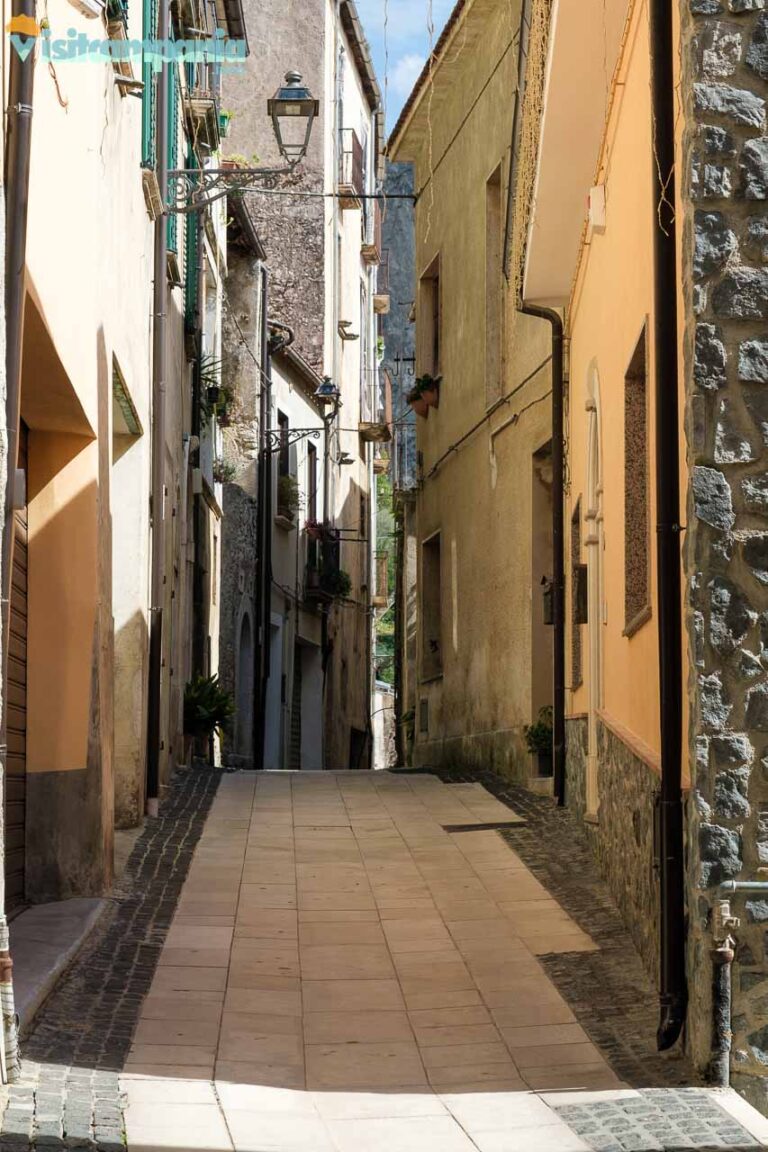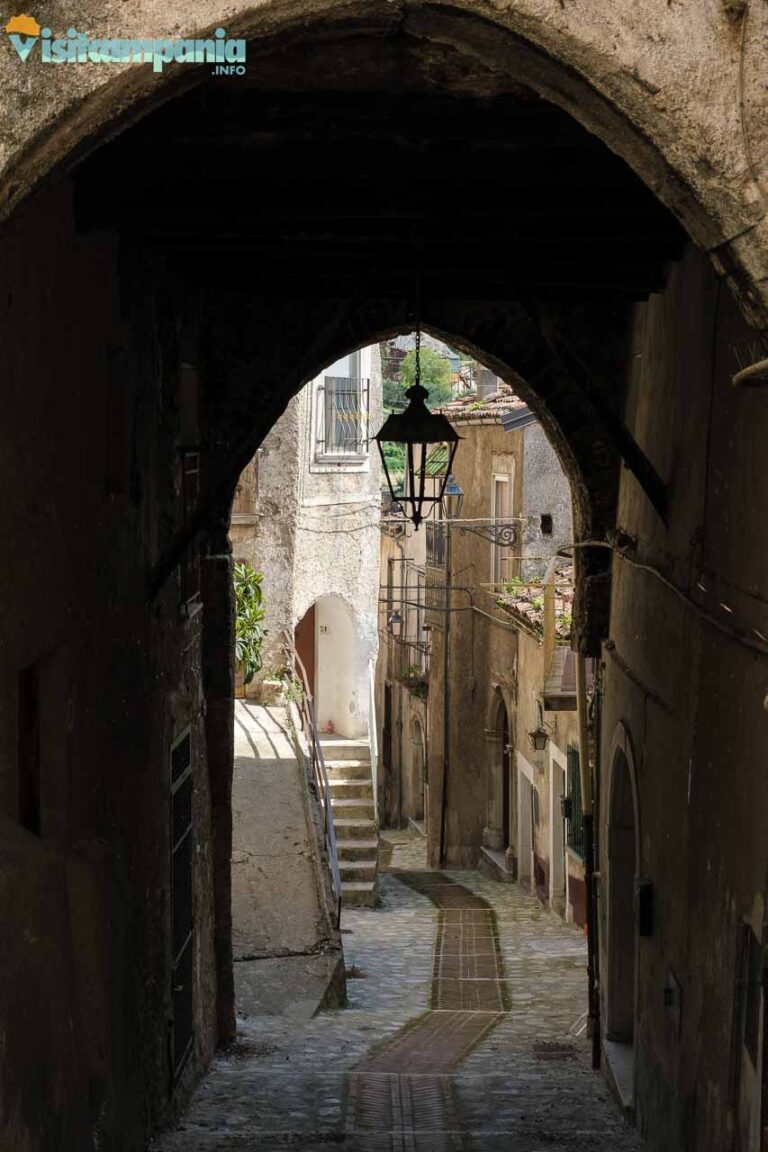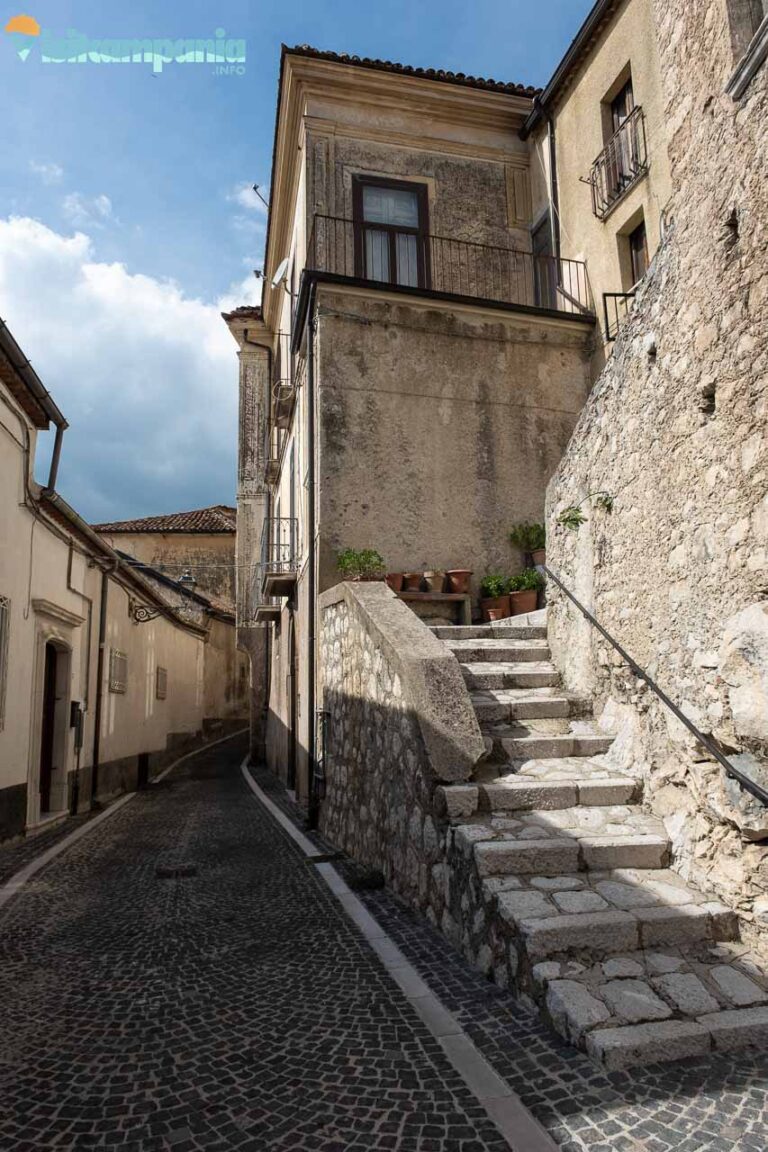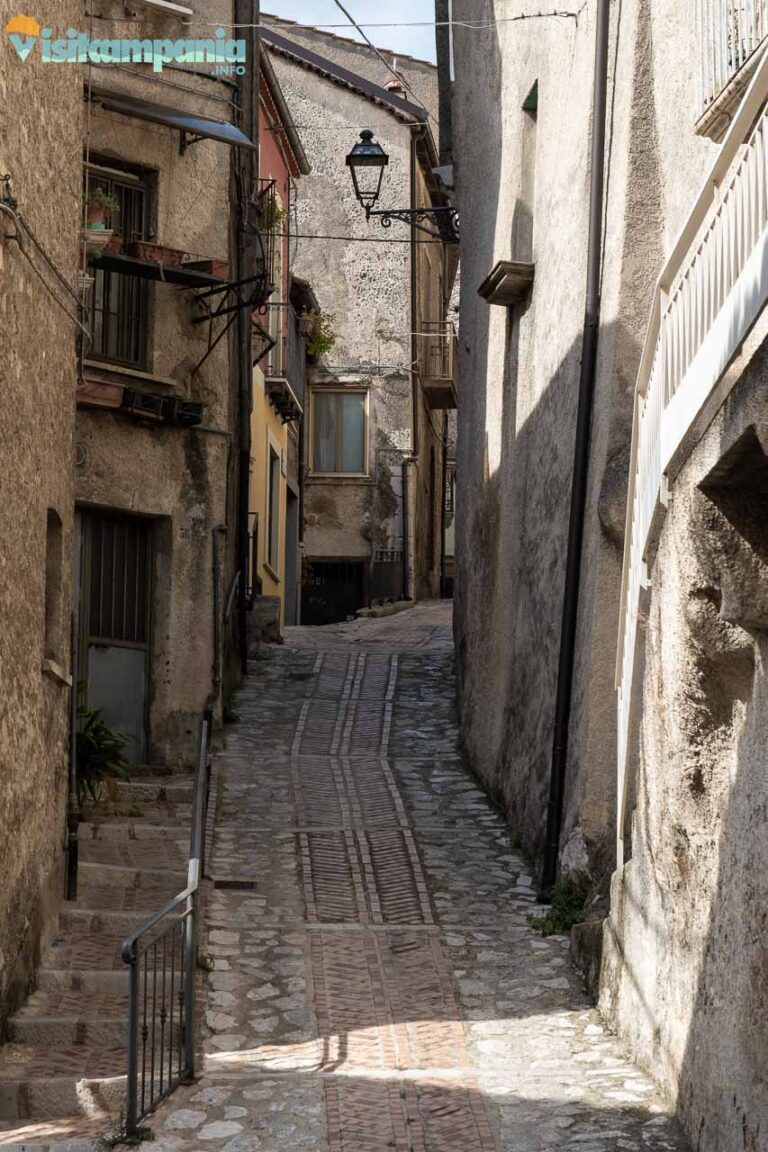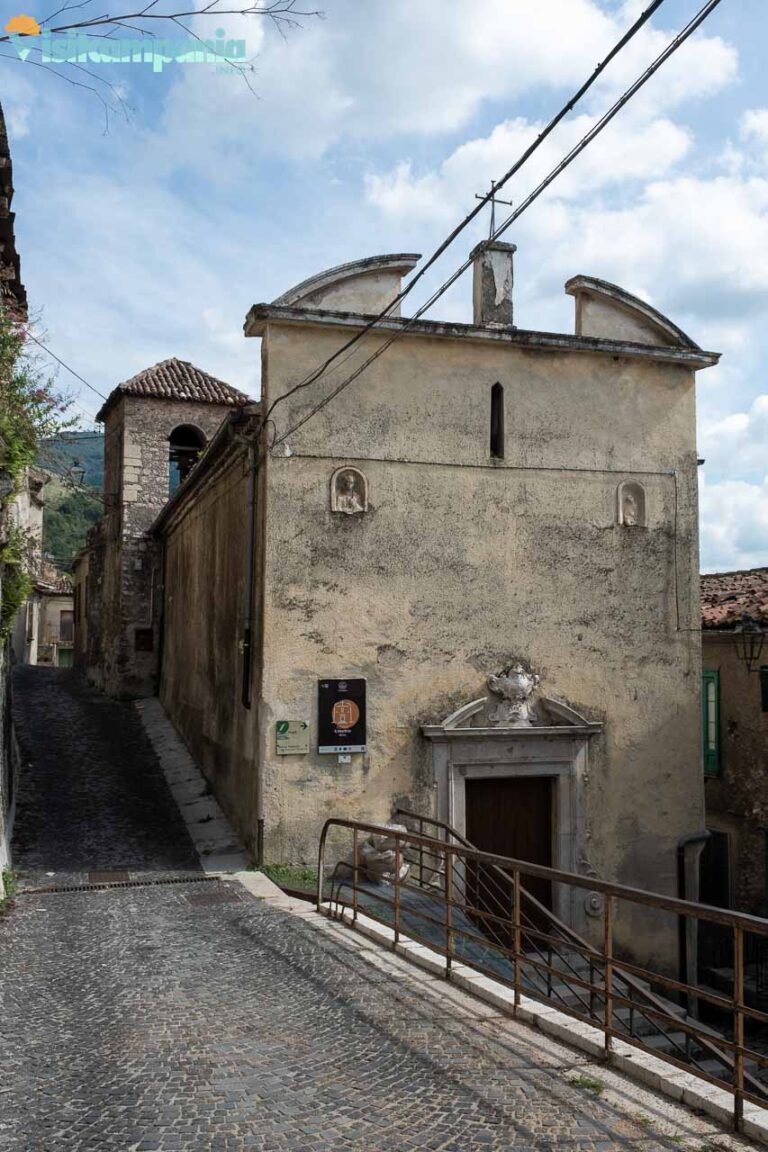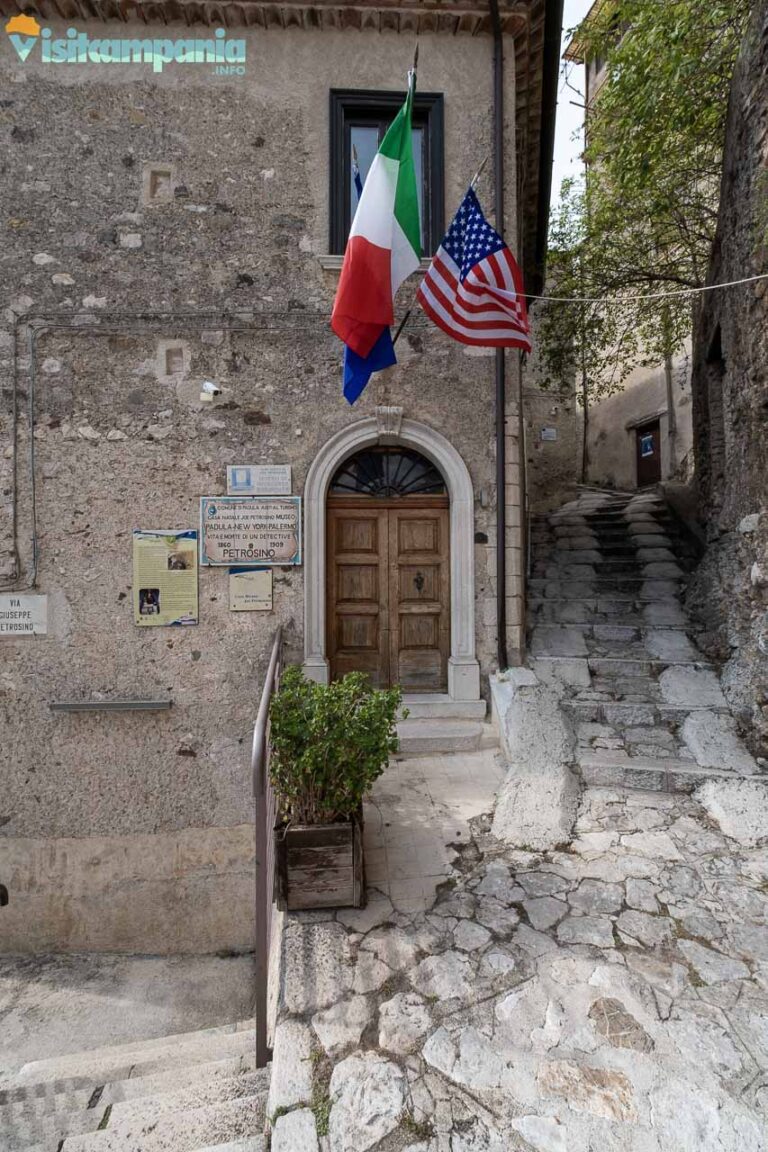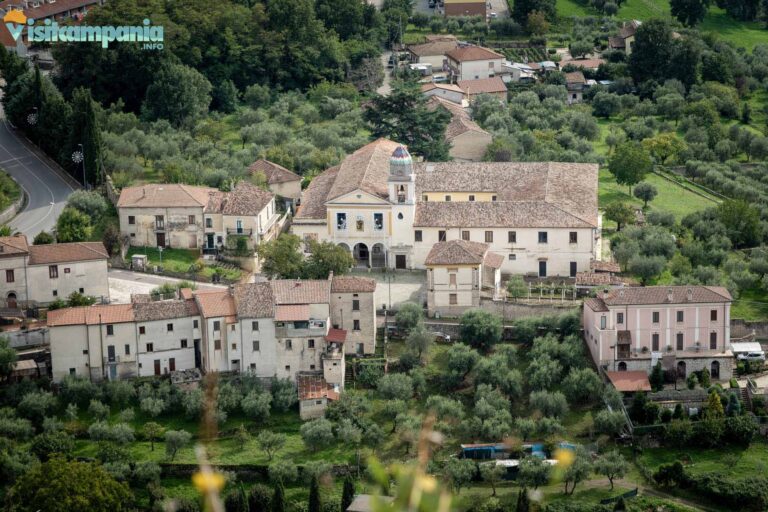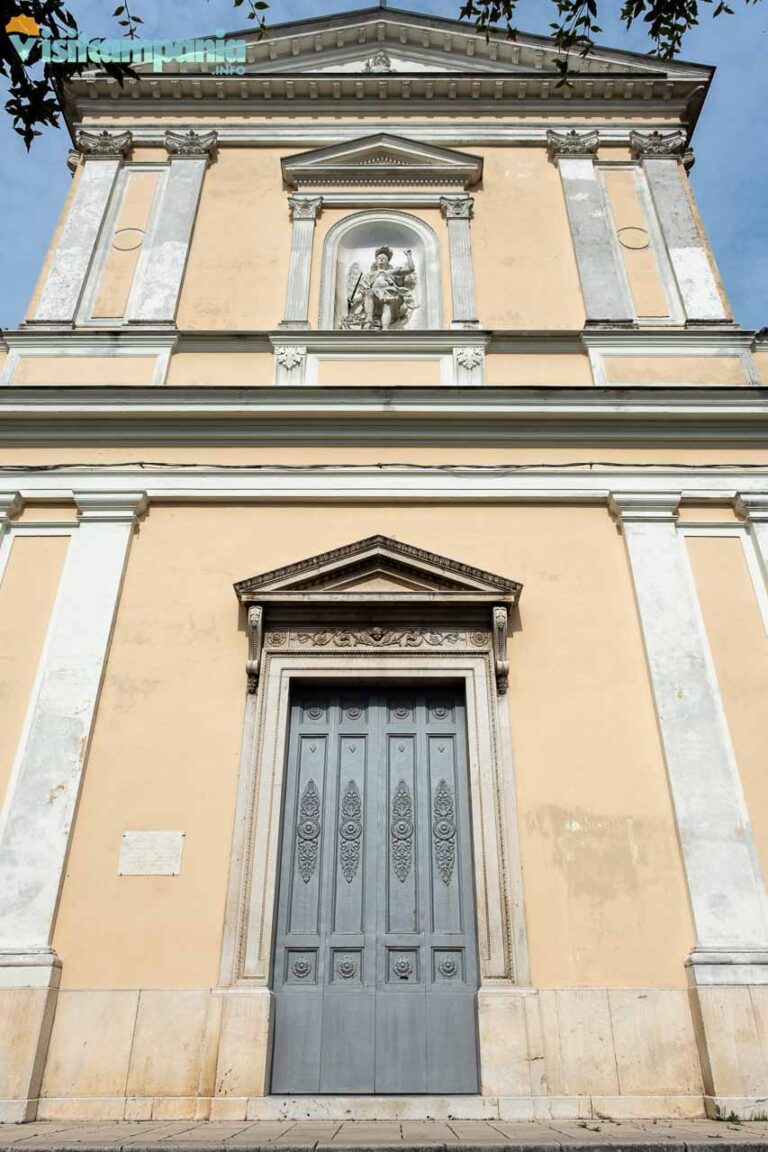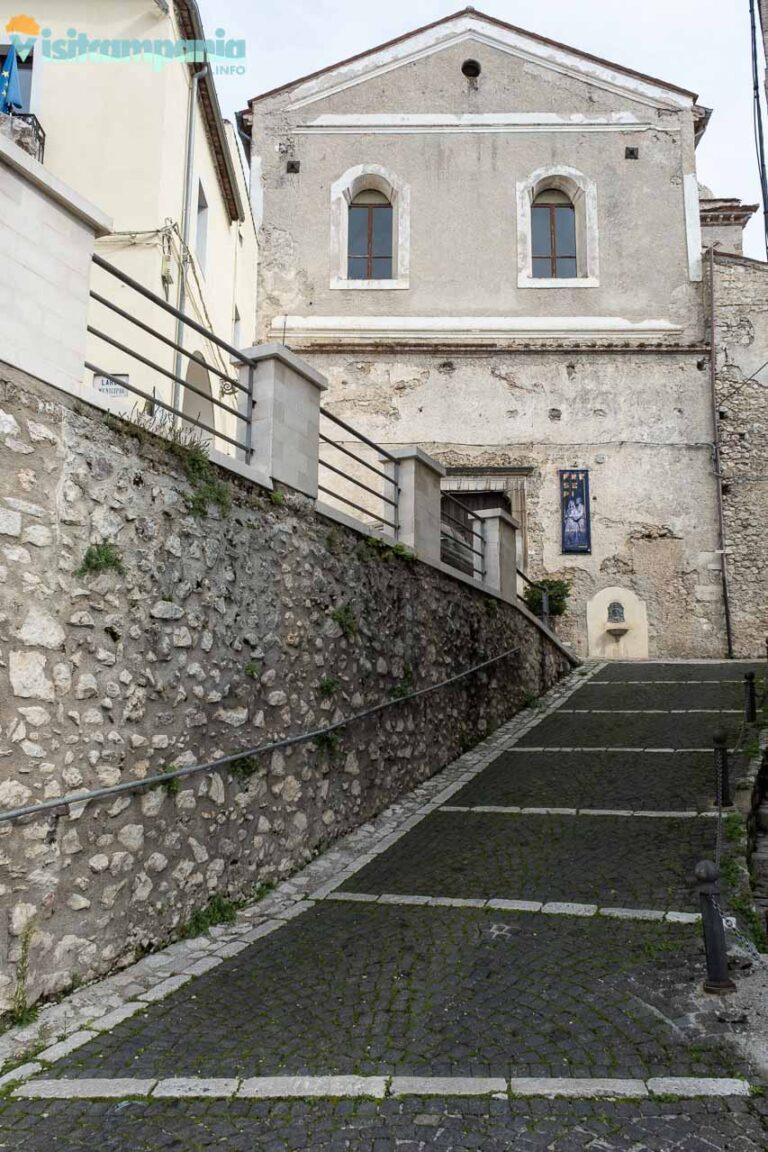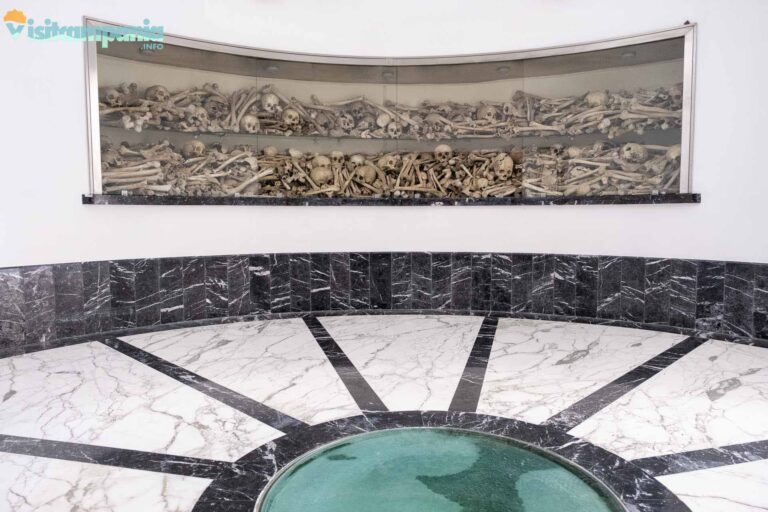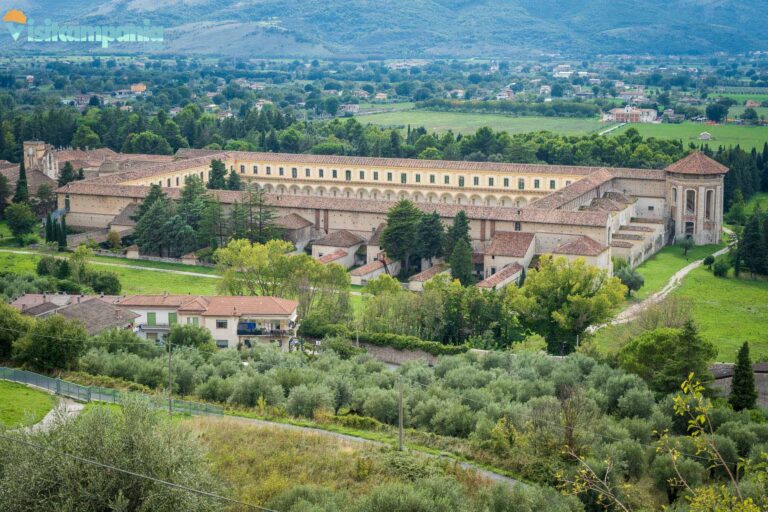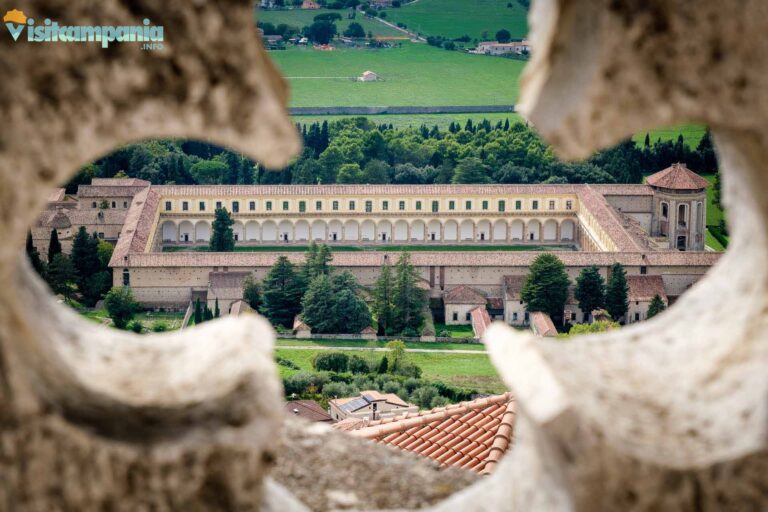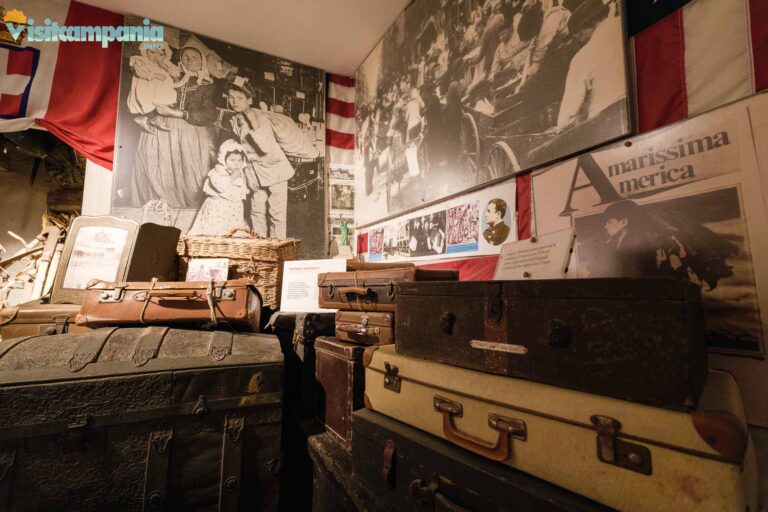What is Padula
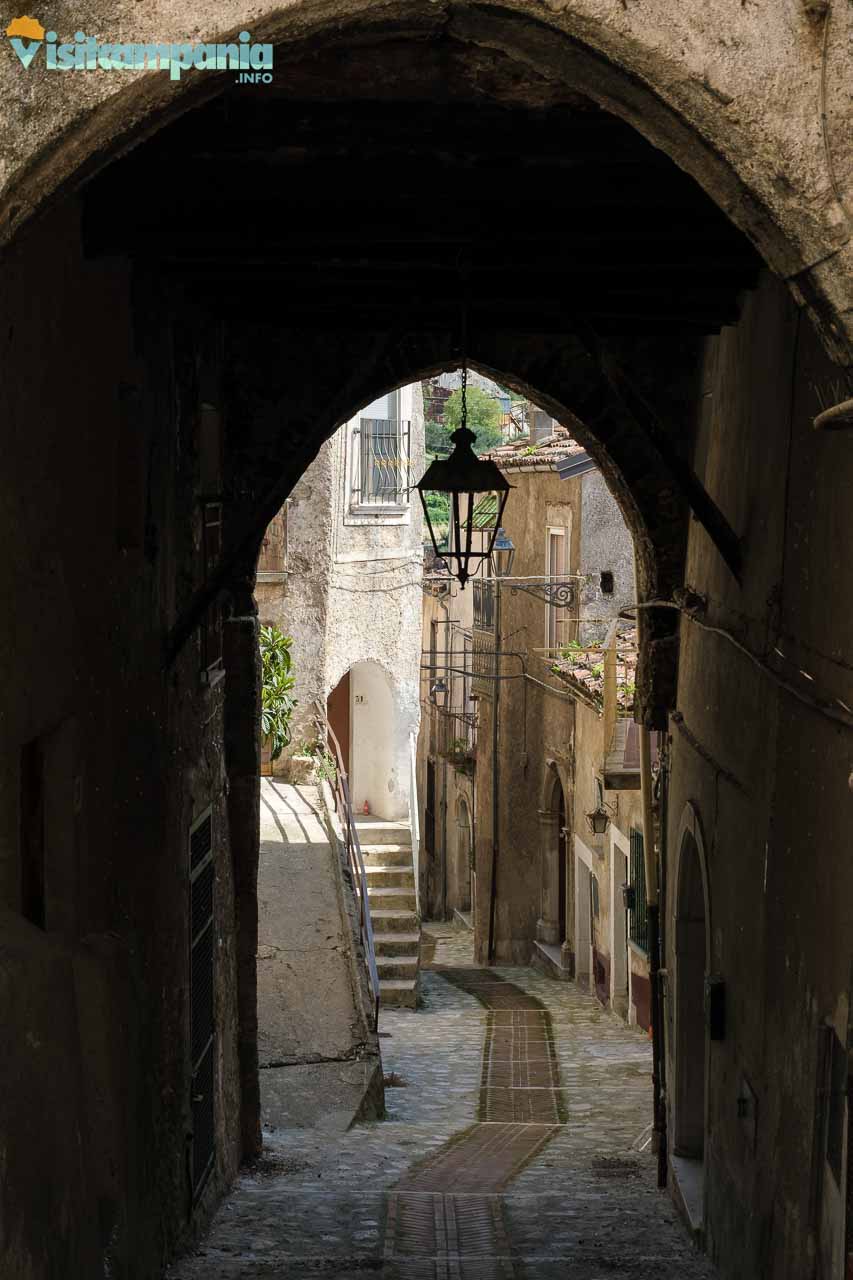
Padula, a charming town in the province of Salerno at 699 meters above sea level, dominates the Vallo di Diano from two hills. Its name, of Latin origin (“paludem”), recalls the ancient marshes that once characterized the plain, now reclaimed. It has about 4,744 inhabitants and is famous for the Certosa di San Lorenzo , a monastic complex of extraordinary historical and artistic value. The Tanagro River, which marks the border with Sassano, crosses the valley from south to north, adding a touch of beauty to the already enchanting natural landscape of the area.
Brief historical notes
Padula has its roots in the 12th century BC , when the Enotri founded the ancient Cosilinum near today’s Civita, later occupied by Lucanians and Romans. The 6th century AD saw the birth of the monastery of San Nicola followed by the hermitage of San Michele, a symbol of the transition from paganism to Christianity. With the arrival of the Normans, feudalism took over, and in the 13th century Tommaso Sanseverino fortified the city, making it almost impregnable. The Sanseverino family also promoted the construction of the Certosa di San Lorenzo in 1306 , today the symbol of the city, and the convent of San Francesco a few years later .
Starting from the 16th century, Padula began a period of long decline characterized by epidemics, floods and migrations . Having become a district (1811-1860), Padula was marked by the flooding of the Fabbricato torrent (1839) and by numerous political events: in 1799 the Tree of Liberty was erected there, in 1806 the Certosa was sacked by the French and in 1857 Carlo Pisacane died in the city (but more probably in nearby Sanza). An earthquake in the same year worsened the situation. Finally, some Padulesi, such as Antonio Sant’Elmo , participated in the Expedition of the Thousand between 1860 and 1861.
After the unification of Italy , Padula was the scene of the brigandage of Angelantonio Masini , defeated in 1864, and many inhabitants emigrated due to poverty. To complete the already grim picture, in the early twentieth century the Certosa was used as a prison camp and orphanage, also hosting refugees from the Second World War.
The rebirth , although not fully accomplished, began in the post-war period , with reconstruction and new infrastructures, allowing Padula to enhance its extraordinary historical and artistic heritage, with the Certosa di San Lorenzo as its flagship.
What to see in Padula
Historic center of Padula
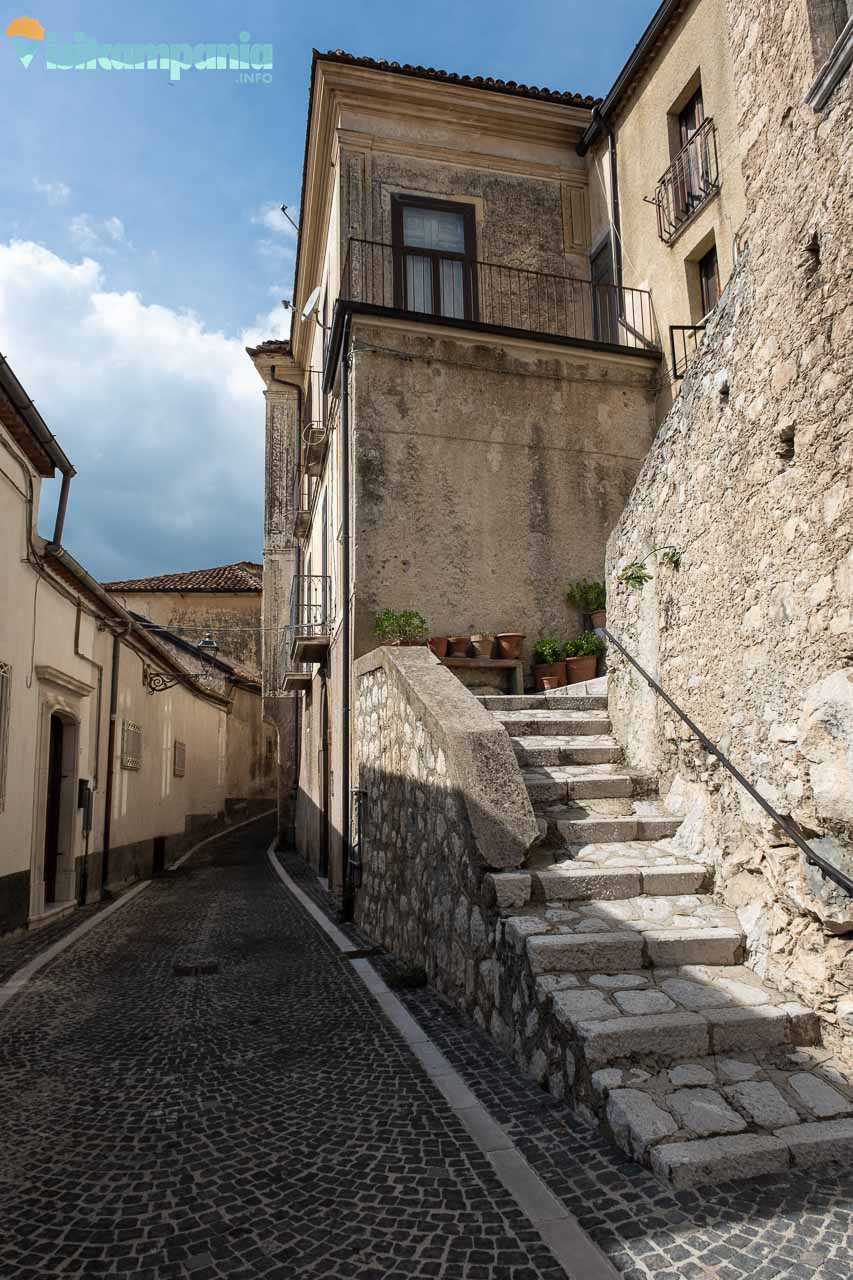
The historic center of Padula is a fascinating labyrinth of narrow streets and ancient stone houses, which preserve the medieval atmosphere intact . Arches, steps and balconies in local stone characterize this village, where you can admire jewels such as the Church of San Michele Arcangelo , the Church of Sant’Agostino , the Church of the Annunziata with the Ossuary of the Three Hundred of Pisacane and the birthplace of Joe Petrosino , rich in precious historical and artistic testimonies.
Of the Sanseverino Castle only a few walls remain along Via Carlo Poerio, but the atmosphere among the remains of the baronial palaces and the noble portals offers a journey through time, where history is revealed at every step.
Certosa di San Lorenzo and Provincial Archaeological Museum of Western Lucania
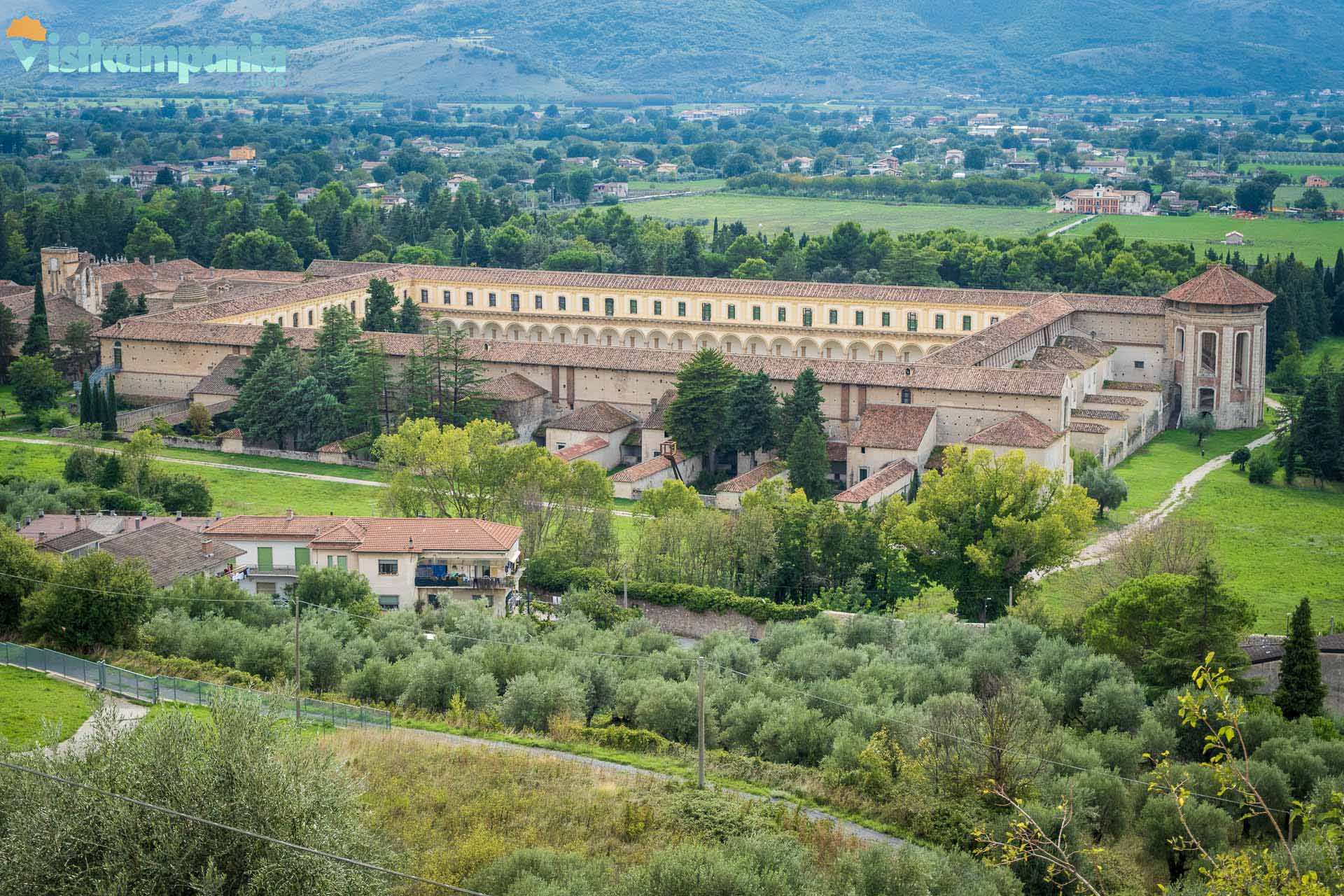
The Certosa di San Lorenzo , the largest in Southern Italy, has been a UNESCO heritage site since 1998. Founded in 1306 by Count Tommaso Sanseverino, it bears witness to the importance of the Carthusian Order in Italy . The result of centuries of interventions, it mixes different styles, with a dominant Baroque imprint . The large cloister, among the largest in the world, and the scenic spiral staircase that leads to the former library stand out among the visitable areas, together with the refectory, kitchen, cells and an important collection of frescoes, sculptures and sacred furnishings.
Inside it is the Provincial Archaeological Museum of Western Lucania , founded in the 1980s to collect materials from the sites of the Vallo di Diano: ceramics, coins and funerary objects illustrate the evolution of this area from prehistory to the Roman and Lucanian era.
Today the complex is also a cultural centre , often hosting temporary exhibitions, recognised as a “ Place of the Contemporary ” by the Ministry of Culture.
It is part of the Padula Museum Circuit .
Convent of San Francesco of Padula
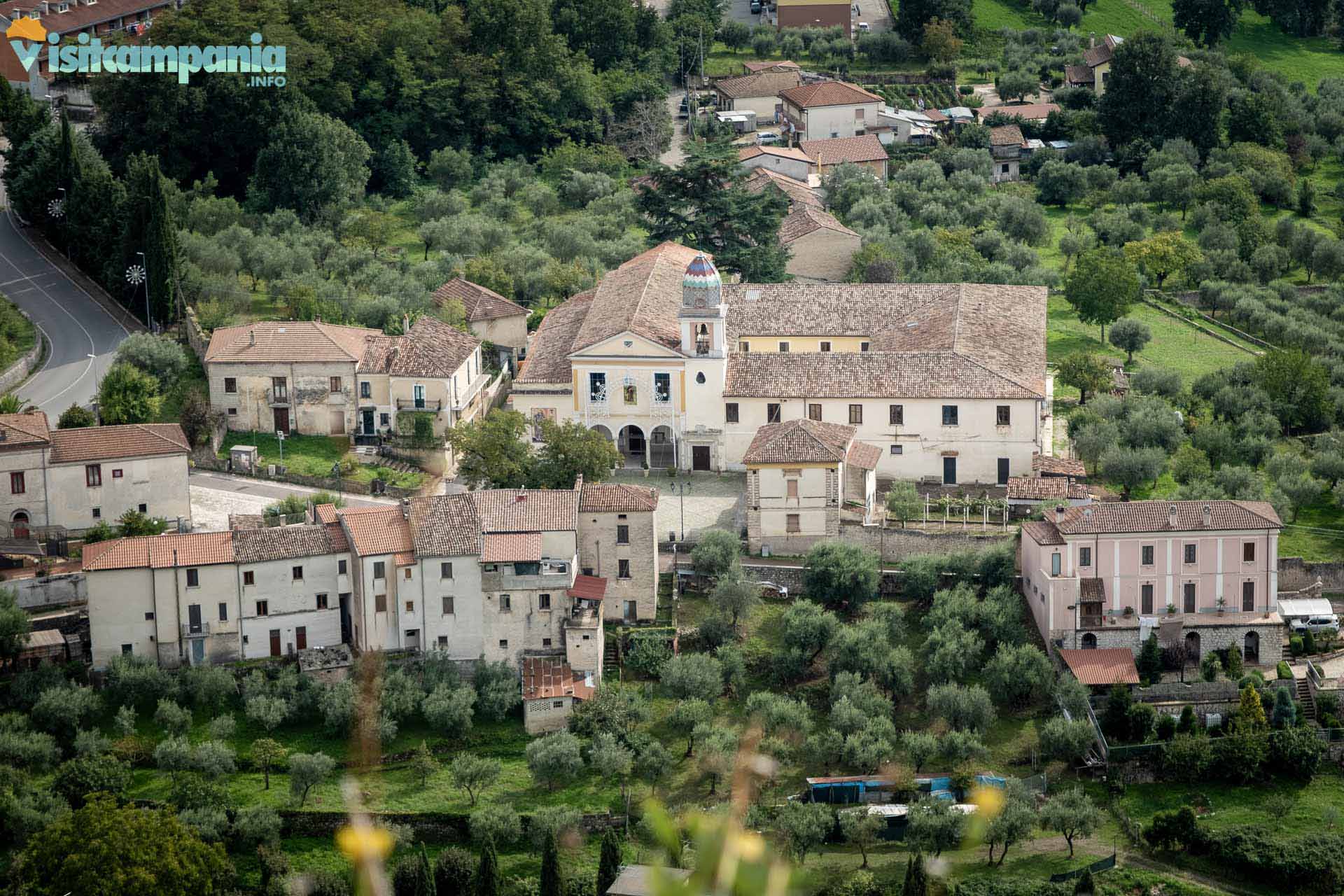
Just outside the historic center of Padula , the Convent of San Francesco is a place full of charm and history , dedicated to the Poverello of Assisi. Founded at the end of 1300 by the friars to spread the Franciscan charism in the Vallo di Diano, the convent embodies the ideal of poverty through an essential and harmonious architecture, despite some subsequent interventions having modified its original appearance, enriching it.
Inside, frescoes and paintings bear witness to the devotion of the local community , while the cloister, once the heart of spiritual life, retains an austere and evocative atmosphere. After a period of decline and abandonment due to the suppression of religious orders in 1815 and the earthquake of 1857, the convent was restored and today represents a precious heritage for the community, admired for its architectural sobriety and the profound spirituality that it still emanates .
Joe Petrosino House Museum
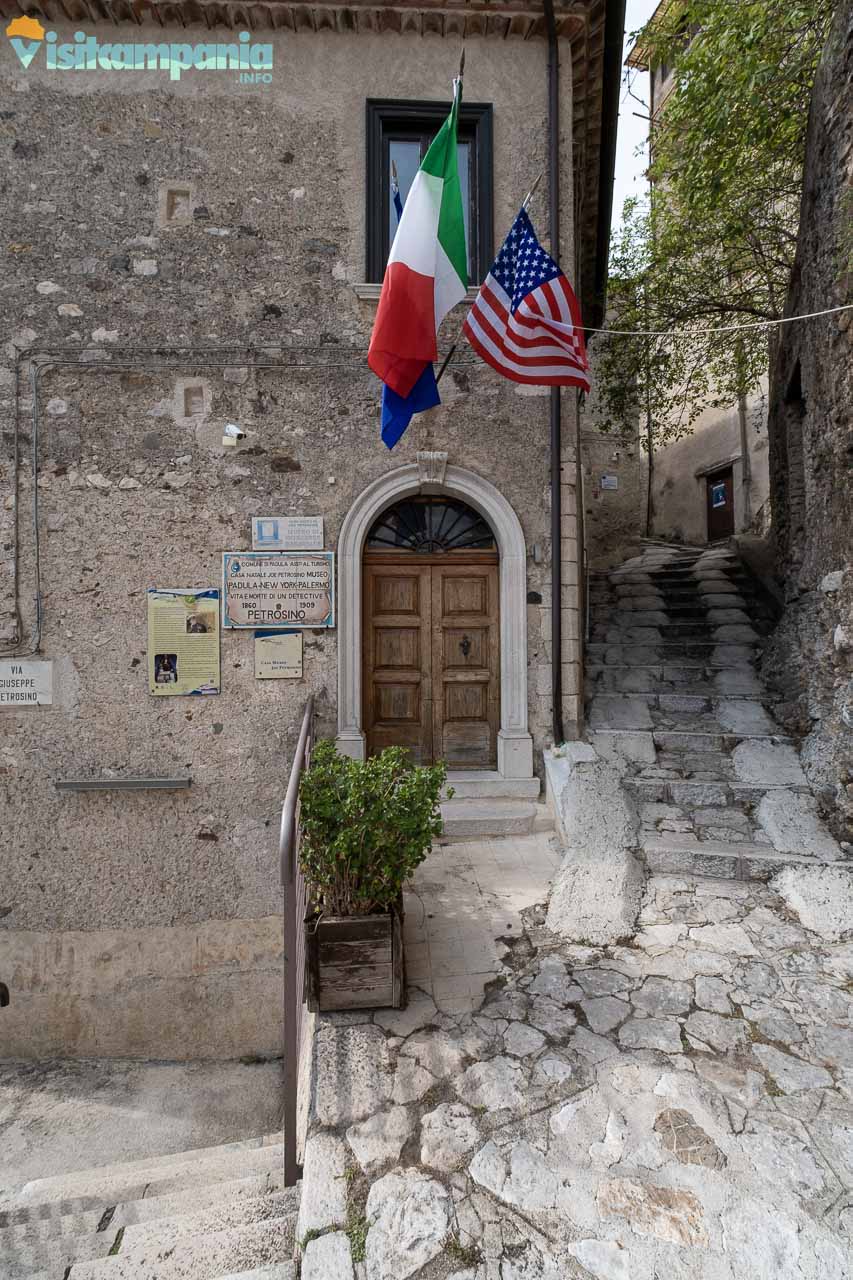
Joe Petrosino ‘s birthplace, now a museum , tells the extraordinary story of a boy from Padula who emigrated with his family at the age of 13 and became the most famous policeman in America . The house, which remained in use by the family until recent times, preserves original furnishings and objects, witnesses to an emigration full of hope . Small changes, such as the Liberty-style furniture brought from America by his grandfather Michele, have not altered the authenticity of the place.
The museum itinerary traces Petrosino’s life from 1860, the year of his birth in Padula, to 1909, when he fell victim to a mafia ambush in Palermo, delving into themes such as legality, justice and social redemption . Making the visit even more engaging are the stories told with great passion by local guides who accompany visitors on the trail of Joe Petrosino and his family, providing an experience of emotional welcome.
It is part of the Padula Museum Circuit .
Baptistery of San Giovanni in Fonte
The Baptistery of San Giovanni in Fonte , dating back to the 4th century AD , is one of the oldest in the West and is approximately 3 km from the historic centre of Padula.
Its baptismal font, fed by a perennial spring, allowed baptism by immersion and gave rise to the “ miracle of the waters ” during Easter, when the flow increased, attracting the faithful. Passed to the Benedictines and the Templars , the Baptistery has undergone modifications over time: the original core with a square plan preserves brick arches and lateral ambulatories, while the chapel and the portico date back to later interventions.
It is part of the Padula Museum Circuit .
Shrine of the Three Hundred
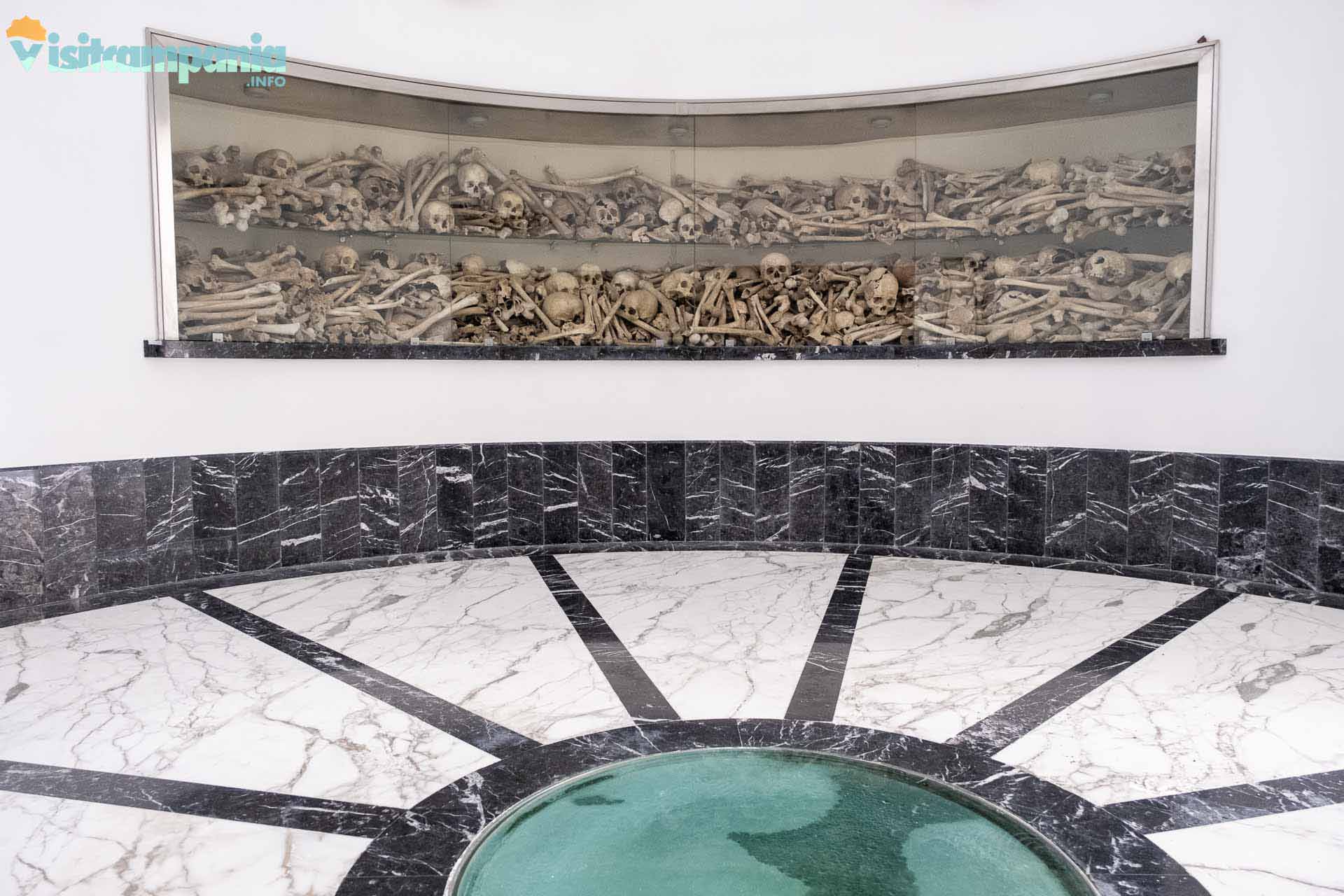
The Military Shrine of the Three Hundred , located in the Church of the Santissima Annunziata in Padula, preserves the remains of the fallen of the Sapri Expedition led by Carlo Pisacane in 1857. The enterprise, which failed due to the lack of popular support and the rapid Bourbon repression, ended tragically with the death of Pisacane and the capture of his companions. Built in 1957 and restored in 2007 , the shrine has a circular plan and, at the entrance, the symbolic phrase ” Italy for Italians, Italians for it “. The names of the fallen are engraved on Padula stone and their remains are preserved in glass cases. Every year, a commemorative mass celebrates the fallen, keeping alive the memory of this page of the Risorgimento .
Hermitage of San Michele alle Grottelle
The Hermitage of San Michele alle Grottelle , 3.5 km from Padula, dates back to the Constantinian era (4th century AD. C.), a period in which the cult of Saint Michael spread . Probably built on an ancient pagan site dedicated to the god Attis, it preserves frescoes from the fourteenth century , including a Madonna and Child. In the chapel is the tomb of Bernardino Brancaccio, former abbot of the Convent of San Nicola al Torone to which the hermitage was linked until the eleventh century. The statue of Saint Michael stands out on the altar, while the sacristy is dug directly into the rock . Behind the altar, a shrine houses frescoes from the fourteenth century that narrate episodes from the life of Saint James of Compostela.

